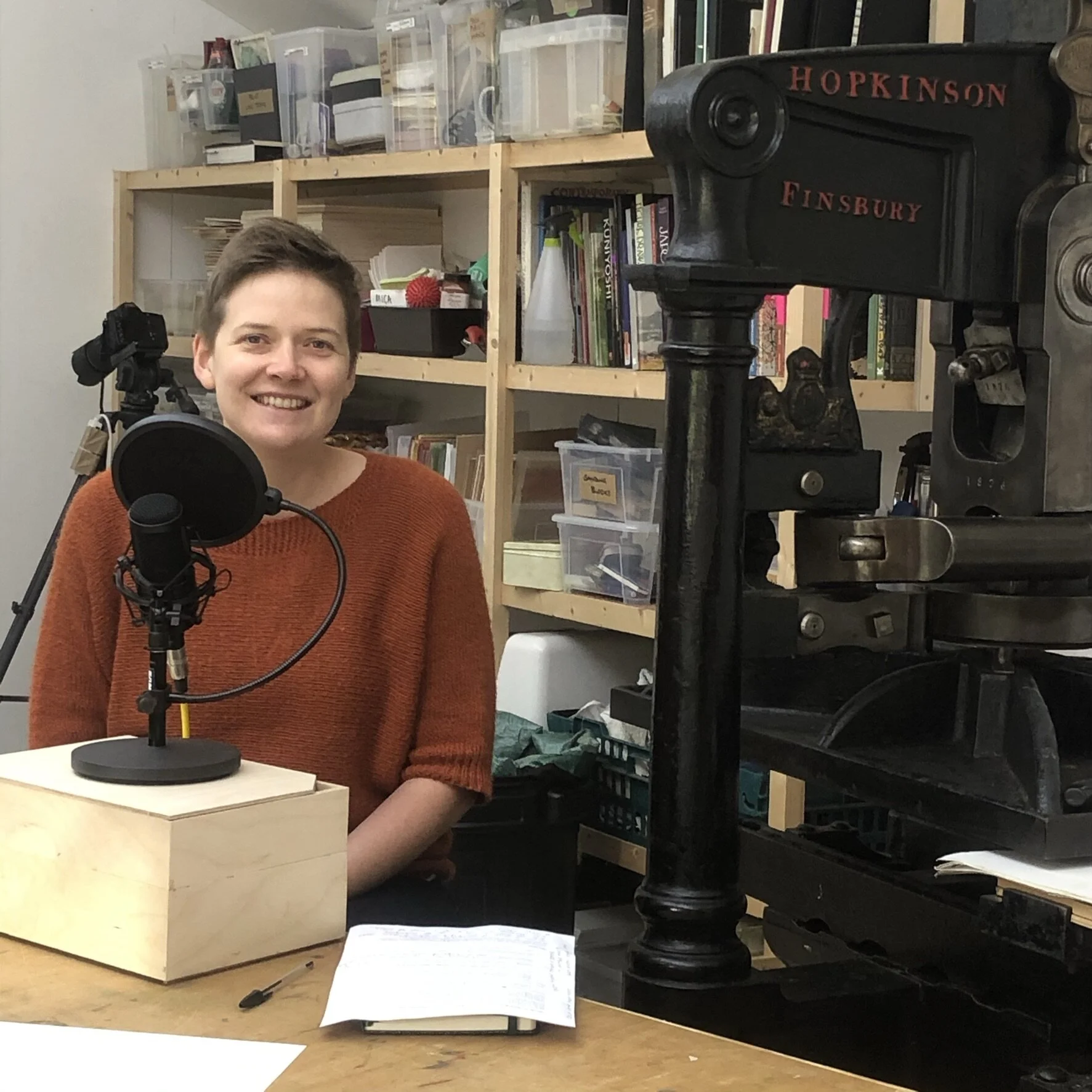Teaching Children: Interview with Kimberley Keegan
Episode 54: How hard can teaching children be?
Laura and Peter have talked about teaching several times, it forms a part of both of their working lives. However they both teach adults; people who have sought them out. Teaching children is a bit different, but maybe not as different as you might think. Peter's wife, Kimberley is a qualified primary school teacher and in this episode she discusses the experience of teaching children and in what ways it compares to teaching grown-ups!
Teaching Children: In this episode Peter and Laura welcome Kimberley Keegan’s expert advice on teaching children. Kimberley has years of experience and all the qualifications needed to teach full time in school, but she has a wealth of tips for artists teaching children on a less formal basis. In addition, many of the skills she applies to educating and guiding small children cross over very successfully into the kind of teaching Laura and Peter employ in their own adult classes!
The Useful Stuff
1. Working with children requires proper documentation, checks and insurance, even if your class is short and informal. You are ultimately responsible for children in your care, so it is essential, for your own security as well as theirs, to have the correct level of cover in place. Kimberley recommends the extensive advice on the Ofsted website as your first port of call. https://www.gov.uk/government/organisations/ofsted
2. There are many opportunities to work with children, ranging from volunteering your time for a one off school experience to teaching summer school, festival workshops, residencies etc. In all cases, be very clear about your plans: what are you teaching, where, how, what support/materials/space/time will you have and what will your workshop achieve? If you are working outside of regular school, remember to factor in safe procedures for arrival, departures, toilet breaks and first aid.
3. When facing your class of children, be calm and clear: assert your authority and explain simple boundaries at the start of class. No need to be stern, but a simple guide about being kind, listening and sharing nicely is important (for adults, explain expenses, lunch breaks and where to get coffee). Clear guidance up front allows you to pull up naughty people of any age later with a reminder of the rules!
4. Be well prepared and know your subject; children will always spot a fraud! You don’t need to know everything though; be honest if you can’t answer a specific question and get the children to help you find the answer. It’s empowering for the children and they will respect your honesty (as will adult learners in the same situation).
5. Children are very capable and hooking them immediately with a ‘doing’ activity is key. Mixing doing with listening is essential for all ages. Giving children responsibility with proper equipment, where possible, and letting them do things for themselves is essential. It’s also important to treat art as a subject worthy of respect, not an added extra for fun. A career in art is a proper job after all.
6. Never sit back and leave children (or adults) to it. They all need your engagement to get the most from the class, so walk around and check in with your students, prompting and encouraging. Use good work as a positive example to the rest of the class and make sure everyone gets a fair share of your attention. Communication is key, especially if good behaviour starts to slip, so keep checking in with students even when they are engaged on a task.
The takeaway
Teaching children is one of the most fun and rewarding ways to share your skills. Good preparation and clear communication are both key and your efforts may well hep to create some new artists of the future.
This Podcast is sponsored by Michael Harding Colours. For more information about Michael’s colour range or to find a retailer near you, please visit www.michaelharding.co.uk







